Home>Interior Design>10 Small Living Room Organizing Mistakes To Avoid
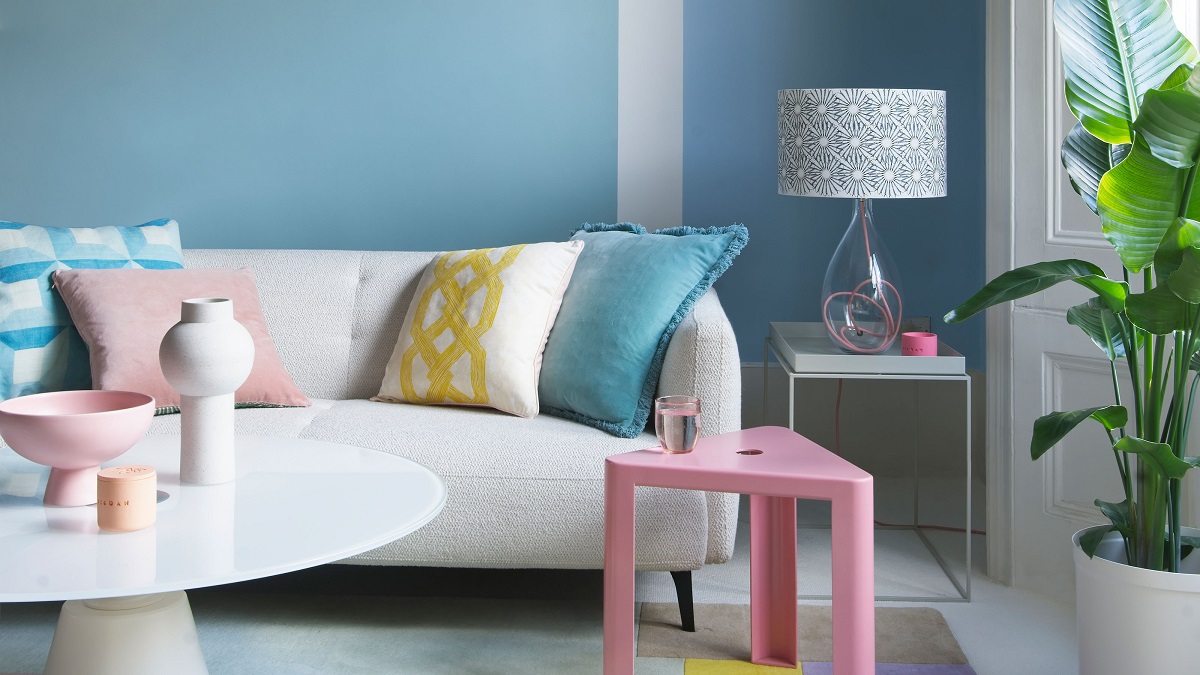

Interior Design
10 Small Living Room Organizing Mistakes To Avoid
Modified: January 19, 2024
Avoid these 10 small living room organizing mistakes to optimize your interior design.
(Many of the links in this article redirect to a specific reviewed product. Your purchase of these products through affiliate links helps to generate commission for Storables.com, at no extra cost. Learn more)
Introduction
Welcome to the world of interior design, where creativity and functionality come together to create beautiful living spaces. When it comes to organizing a small living room, there are certain mistakes that many people often make. These mistakes can hinder the overall aesthetic appeal and functionality of the space.
In this article, we will explore 10 common small living room organizing mistakes that you should avoid. By understanding these pitfalls and implementing the right solutions, you can transform your small living room into a cozy, stylish, and organized space that suits your needs.
From decluttering to furniture arrangement, lighting, and storage solutions, we will address each mistake individually and provide practical tips to help you overcome them. So, let’s dive in and learn how to make the most of your small living room!
Key Takeaways:
- Decluttering is key to creating a spacious and visually appealing small living room. Regularly assess and organize belongings to maintain a calm and clutter-free atmosphere.
- Choose appropriately sized furniture, utilize multi-functional pieces, and maximize vertical space to optimize storage and create a well-proportioned, stylish small living room.
Mistake 1: Neglecting the Power of Decluttering
One of the biggest mistakes people make when organizing their small living rooms is neglecting the power of decluttering. Clutter can quickly make a small space feel cramped and overwhelming. It not only takes up physical space but also creates visual chaos, making it difficult to relax and enjoy the room.
Start by assessing your living room and identifying items that are unnecessary or no longer serve a purpose. Consider donating or selling items that you no longer need. For items that you want to keep, find suitable storage solutions to keep them out of sight. Utilize baskets, bins, or storage ottomans to store items such as remote controls, magazines, or extra blankets. By decluttering and organizing your belongings, you can create a more spacious and visually appealing living room.
Another aspect of decluttering is minimizing the number of decorative items in the room. While it’s natural to want to display your favorite decorative pieces, too many can make the space feel cluttered. Choose carefully and opt for a few high-quality, meaningful pieces that will enhance the room’s aesthetic instead of overwhelming it.
Decluttering is not a one-time task but an ongoing process. Make it a habit to regularly go through your living room and remove any items that are no longer needed or add to the clutter. By keeping your living room clutter-free, you will create an atmosphere of calm and spaciousness that allows you to fully enjoy your space.
Mistake 2: Choosing Oversized Furniture
When it comes to small living rooms, choosing the right furniture is crucial for optimizing the space. One common mistake many people make is selecting oversized furniture that overwhelms the room. While large, plush sofas may be comfortable, they can quickly consume valuable space and make the room feel cramped.
Instead, opt for furniture pieces that are appropriately sized for your small living room. Look for slim-profile sofas or loveseats that still provide comfortable seating without overpowering the room. Consider modular or sectional sofas that can be arranged in various configurations to maximize seating and make the most of the available space.
In addition to choosing the right size, consider furniture pieces with built-in storage. Coffee tables with storage compartments or ottomans with hidden storage can provide practical solutions for stowing away items such as magazines, remote controls, or extra pillows without taking up extra space.
Another tip is to consider the scale and height of your furniture. Opt for furniture with low profiles and raised legs to create a sense of openness and visual spaciousness. This allows light to flow underneath and gives the illusion of a larger space.
Lastly, don’t overlook the importance of furniture placement. Avoid pushing furniture directly against the walls, as this can make the room feel smaller. Instead, try floating furniture away from the walls to create a more open and inviting seating arrangement.
By choosing appropriately sized furniture and considering its placement, you can create a well-proportioned and visually appealing living room that optimizes the available space and promotes comfort and functionality.
Mistake 3: Overlooking Multi-Functional Furniture Pieces
When working with a small living room, every inch of space counts. One mistake people often make is overlooking the potential of multi-functional furniture pieces. These versatile pieces not only serve their primary purpose but also offer additional storage or functionality, making them ideal for small spaces.
One example of multi-functional furniture is a storage ottoman. These ottomans not only provide a comfortable place to rest your feet but also have hidden compartments for storing extra pillows, blankets, or other living room essentials. They can also double up as extra seating when needed.
Another multi-functional piece to consider is a convertible sofa or daybed. These furniture pieces can transform from a sofa during the day to a bed for guests at night. This eliminates the need for a separate guest bed, saving space and providing extra functionality.
Wall-mounted shelves are another great example of multi-functional furniture. They not only provide storage for books, decor, and other items but can also act as a display area for your personal belongings, adding visual interest to the room. Additionally, floating shelves take up minimal floor space, making them ideal for small living rooms.
When looking for multi-functional furniture, consider items with built-in storage compartments, foldable features, or pieces that can be easily rearranged to suit different needs. This will maximize the usability of your small living room without sacrificing style or comfort.
By incorporating multi-functional furniture pieces into your small living room, you can optimize the available space while still enjoying all the functionalities that larger rooms offer. These versatile pieces are a smart investment that will make your living room not only stylish but also highly functional.
Mistake 4: Failing to Utilize Vertical Space
When organizing a small living room, it’s essential to maximize every inch of available space. One common mistake is overlooking the potential of vertical space. Many people focus on the floor area and forget about the walls and ceilings, leaving valuable storage and decorative opportunities untouched.
One way to utilize vertical space is by installing wall-mounted shelves or cabinets. These will not only provide additional storage but also draw the eyes upward, creating the illusion of a taller and more spacious room. Consider placing books, decorative items, or even plants on the shelves to add visual interest and personality to your living room.
Another option is to use wall hooks or pegboards to hang items such as coats, bags, or hats. This will keep them off the floor and free up valuable space for movement and other furniture pieces. Additionally, wall-mounted organizers with pockets or compartments can be used to store smaller items such as keys, mail, or remote controls.
Incorporating artwork or wall decor is another way to utilize vertical space. Hang a statement piece or a gallery wall to add color, texture, and personality to your living room. Make sure the artwork is appropriately scaled for the space to avoid overwhelming the room.
Don’t overlook the ceiling as well. Install hanging plants or pendant lights to draw the eye upward and create a sense of height. This will make the room feel more open and spacious.
By embracing and utilizing vertical space, you can maximize the storage capacity and visual appeal of your small living room. This often underutilized area holds great potential for both functionality and aesthetics, allowing you to make the most of your limited square footage.
Mistake 5: Ignoring Proper Lighting
Lighting plays a crucial role in any space, and it’s particularly important in small living rooms. However, one common mistake people make is ignoring proper lighting, which can negatively impact the ambiance and functionality of the room.
Firstly, consider the natural light sources in your living room. Maximize the amount of natural light by keeping windows unobstructed and using sheer curtains or blinds that allow light to penetrate the room. Natural light not only makes the space feel more open and inviting but also enhances the mood and atmosphere.
In addition to natural light, it’s important to incorporate artificial lighting that suits the function and style of the room. Start by layering your lighting to create a balanced and well-lit space. This can be achieved by combining ambient lighting, task lighting, and accent lighting.
Ambient lighting provides overall illumination to the room and can be achieved through ceiling-mounted fixtures, such as flush mounts or recessed lights. Consider using dimmers to control the intensity of the lighting and create different moods in the room.
Task lighting is essential for specific activities, such as reading or working. Incorporate table lamps, floor lamps, or adjustable wall-mounted lights near seating areas or workspaces to provide focused lighting where it’s needed. This will not only enhance functionality but also add visual interest to the room.
Accent lighting is used to highlight specific elements or create a sense of depth in the space. Use wall sconces, track lights, or picture lights to illuminate artwork, architectural features, or decorative objects. This will add visual drama and depth to the room.
Don’t forget to consider the scale and placement of your lighting fixtures. Choose fixtures that are proportionate to the size of the room, and ensure they are strategically placed to illuminate the whole space effectively.
By paying attention to proper lighting, you can create a warm, inviting, and well-lit atmosphere in your small living room. The right combination of natural and artificial lighting will not only enhance the functionality of the space but also contribute to its overall aesthetic appeal.
When organizing a small living room, avoid overfilling the space with large furniture. Opt for smaller, multifunctional pieces to maximize space and create a more open feel.
Mistake 6: Neglecting Proper Furniture Placement
The placement of furniture in a small living room can greatly impact its functionality and flow. However, one common mistake people make is neglecting proper furniture placement, resulting in a cramped and awkward layout.
Firstly, consider the focal point of the room. This could be a fireplace, a TV, or a stunning view from a window. Arrange your furniture in a way that highlights the focal point and allows for comfortable viewing or conversation. Orient your seating towards the focal point and position the other furniture pieces around it.
Next, be mindful of traffic flow. Avoid blocking pathways and ensure there is enough room for people to move around the furniture comfortably. Consider creating a clear path from one area of the room to another to ensure easy access and a sense of openness.
In small living rooms, it’s essential to find a balance between maximizing seating and avoiding overcrowding. Avoid cramming too many furniture pieces into the space, as this can make the room feel claustrophobic. Instead, opt for a minimalist approach and choose furniture that is appropriately sized for the room.
Additionally, consider the shape of your furniture and how it interacts with the room. Round or curved furniture can soften the edges of a small living room and create a more inviting and fluid layout. Experiment with different furniture arrangements to find the optimal placement that opens up the space and facilitates easy conversation and movement.
Finally, don’t be afraid to float furniture away from the walls. This can create a more dynamic and spacious feel in the room. Leave a few inches of space between the furniture and the walls to create visual breathing room.
By paying attention to proper furniture placement, you can optimize the functionality, flow, and visual appeal of your small living room. A well-arranged furniture layout will make the room feel more spacious and inviting, resulting in a more enjoyable living experience.
Mistake 7: Forgetting about Storage Solutions
When it comes to small living rooms, storage is key. However, one common mistake people make is forgetting about incorporating adequate storage solutions into the space. This can lead to a cluttered and disorganized room, making it difficult to maintain a clean and functional living area.
Start by assessing your storage needs and determining the best solutions for your space. Look for furniture pieces that offer hidden storage, such as ottomans, coffee tables, or media consoles with built-in compartments. These pieces not only provide a practical way to store items but also serve as functional and stylish elements in your living room.
Wall-mounted shelves or floating shelves are also great options for small living rooms. They take advantage of vertical space and provide a place to display decorative items while offering storage for books, collectibles, or other belongings. Consider grouping items together in stylish baskets or bins to maintain a neat and organized look.
Utilize the space under seating areas by incorporating storage cubes or baskets that can slide underneath sofas or chairs. These can be used to store extra blankets, pillows, or even children’s toys, keeping your living room free from clutter.
Another storage solution to consider is utilizing the space above eye level. Install storage cabinets or shelves near the ceiling to make use of otherwise unused space. These can be used to store items that are used less frequently, such as seasonal decor or bulky items.
Finally, don’t forget about utilizing door space. Over-the-door organizers or hanging shoe racks can provide additional storage for small items and keep them easily accessible.
By incorporating adequate storage solutions into your small living room, you can maintain a clutter-free and organized space. This not only enhances the visual appeal of the room but also contributes to a more functional and enjoyable living experience.
Mistake 8: Overcrowding with Too Many Accessories
Accessories can add personality and style to a living room, but it’s important to find the right balance. One common mistake people make in small living rooms is overcrowding the space with too many accessories. This can make the room feel cluttered and overwhelming, detracting from its overall aesthetic appeal.
When it comes to accessorizing, less is often more in small living rooms. Choose a few key pieces that truly speak to your style and place them strategically around the room. By focusing on a select few accessories, you can highlight their beauty and create a more cohesive and visually pleasing display.
Consider scale and proportion when selecting accessories. In small living rooms, large or bulky accessories can overpower the space and make it feel cramped. Opt for smaller items or group several items together to create a more visually interesting display without overwhelming the room.
Avoid cluttering tabletops and surfaces with unnecessary accessories. Instead, create intentional vignettes or arrangements that showcase a few well-curated items. This will make the room feel more organized and visually appealing.
Another tip is to incorporate functional accessories that serve a purpose. For example, an elegant tray can serve as a stylish way to corral remote controls or display small decorative items. Think about how the accessories can enhance the functionality of the room while still adding visual interest.
When it comes to wall decorations, be mindful of not overcrowding the space with too many framed photos or artwork. Instead, choose a few statement pieces that can be the focal point of the room. This will create a more cohesive and impactful look.
Remember that you can always rotate accessories to keep the room fresh and prevent it from feeling stagnant. This allows you to showcase different items throughout the year and prevents the space from becoming cluttered.
By avoiding the mistake of overcrowding with too many accessories, you can create an inviting and balanced space. The right combination of carefully selected accessories will enhance the style and personality of your small living room without overwhelming the space.
Mistake 9: Neglecting the Importance of Traffic Flow
When organizing a small living room, it’s crucial to consider the flow of traffic within the space. Neglecting this aspect can lead to a cramped and inefficient layout that hinders movement and overall functionality.
One common mistake is placing furniture in a way that obstructs natural pathways. It’s essential to ensure that there is enough space for people to move around the room comfortably without having to squeeze past furniture or navigate through obstacles.
Start by identifying the main entry and exit points of the room. These are typically the doors or passages leading to other areas of the house. Avoid placing furniture in direct paths that impede the natural flow of traffic. Instead, create clear and unobstructed walkways that are easy to navigate.
Consider the placement of your seating furniture as well. Ensure that chairs or sofas are positioned in a way that allows for easy access and comfortable movement. Leave enough space between furniture pieces to walk around without feeling cramped.
Furthermore, take into account the location of commonly used amenities or focal points, such as the TV, fireplace, or windows with a scenic view. Position furniture in a way that allows for easy viewing or enjoyment of these features without causing congestion or blocking access.
Don’t forget about optimizing circulation space around furniture as well. Allow ample room for people to pull out chairs or open drawers without feeling restricted. This is particularly important if you have furniture with built-in storage that requires easy access.
By considering the traffic flow in your small living room, you can create a more spacious and harmonious environment. A well-designed layout that prioritizes movement and functionality will enhance the overall living experience and make your space feel more welcoming and comfortable.
Mistake 10: Disregarding Personal Style and Character
When organizing a small living room, it’s important to remember that it should reflect your personal style and character. One common mistake people make is disregarding their own preferences and simply following generic trends or styles. This can result in a space that lacks personality and doesn’t truly feel like home.
Take the time to assess your personal style and consider how you want your living room to look and feel. Think about the colors, patterns, and textures that resonate with you. Whether you prefer a minimalistic aesthetic, a cozy and rustic vibe, or a vibrant and eclectic atmosphere, bring in elements that reflect your unique taste.
Choosing furniture and decor that align with your personal style will not only make your living room more visually appealing but also create a space that feels comfortable and inviting. Don’t be afraid to mix different styles and incorporate pieces that have sentimental value or tell a story.
Consider incorporating items that showcase your hobbies, interests, or travels. This could be artwork, souvenirs, or collections that add a personal touch to the room. These items will spark joy and create conversation starters for you and your guests.
Furthermore, don’t underestimate the power of incorporating elements that bring you joy and happiness. Whether it’s a cozy reading nook, a display of your favorite books, or a corner dedicated to your hobbies, make sure to include spaces and items that enhance your well-being.
Remember, your small living room is a reflection of you and should be a space where you feel comfortable and inspired. Embrace your personal style and infuse it into the room’s design, creating a space that truly feels like home.
By avoiding the mistake of disregarding personal style and character, you can create a small living room that is not only aesthetically pleasing but also reflects your unique taste and personality. This will result in a space that you enjoy spending time in and that truly feels like a reflection of who you are.
Conclusion
Organizing a small living room may seem like a daunting task, but with careful planning and consideration, you can create a space that is both functional and visually appealing. By avoiding common mistakes and implementing the right solutions, you can transform your small living room into a cozy and stylish haven.
From decluttering and choosing appropriately sized furniture to utilizing vertical space and incorporating versatile storage solutions, each aspect plays a vital role in optimizing your small living room. Paying attention to proper lighting, furniture placement, traffic flow, and personal style further enhances the overall ambiance and functionality of the space.
Remember that there is no one-size-fits-all approach when it comes to organizing a small living room. Take the time to assess your unique needs, preferences, and lifestyle to tailor the design to your specific requirements. Embrace your personal style, infuse the room with your own creative touches, and make it a place that truly reflects your character.
By combining practical considerations, such as decluttering and maximizing storage, with an eye for style and functionality, you can create a small living room that feels spacious, inviting, and well-designed.
So, take the concepts discussed in this article and adapt them to your own personal space. With a little creativity, attention to detail, and a dash of interior design knowledge, you can transform your small living room into a beautiful and inspiring sanctuary that you’ll love spending time in.
Frequently Asked Questions about 10 Small Living Room Organizing Mistakes To Avoid
Was this page helpful?
At Storables.com, we guarantee accurate and reliable information. Our content, validated by Expert Board Contributors, is crafted following stringent Editorial Policies. We're committed to providing you with well-researched, expert-backed insights for all your informational needs.
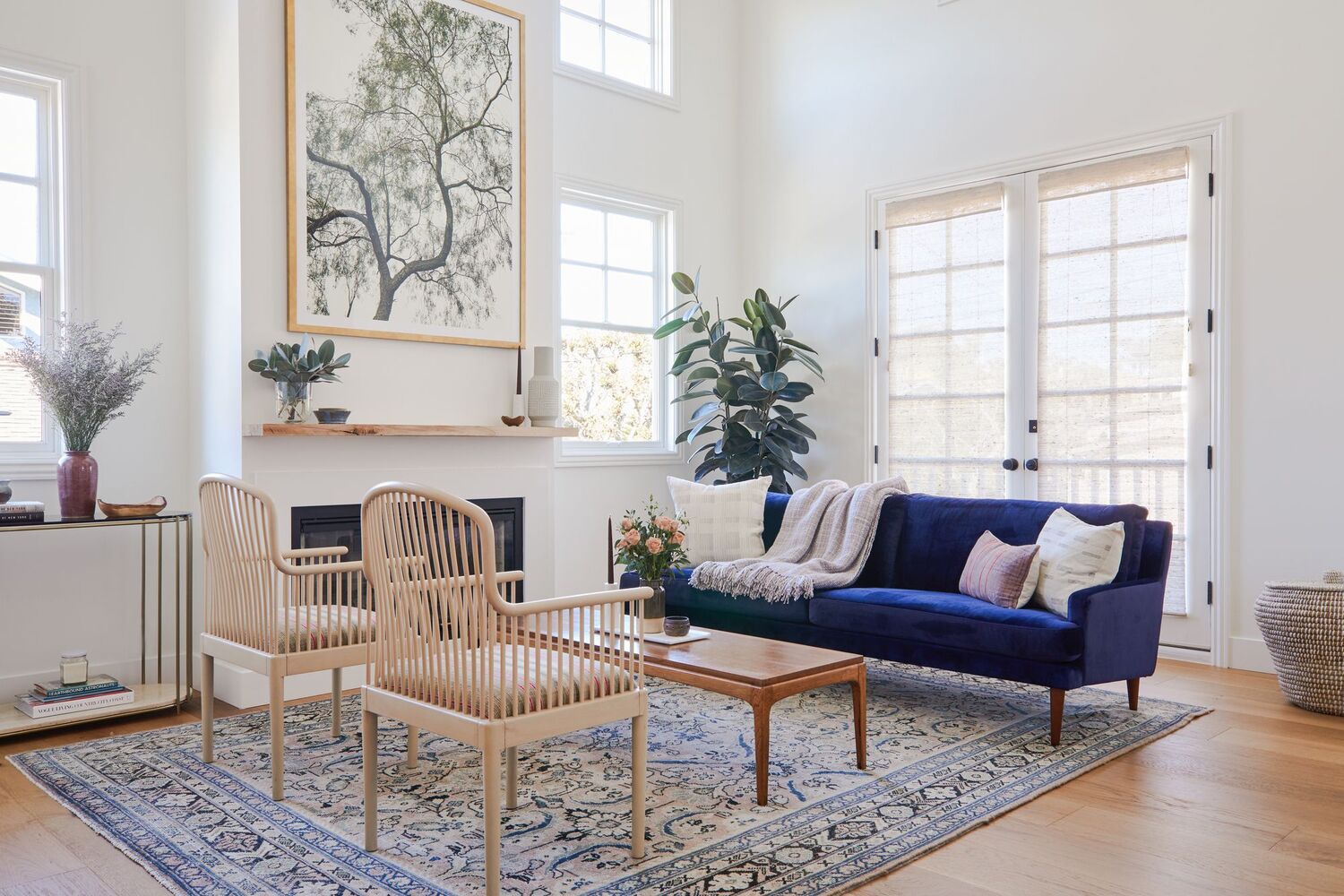
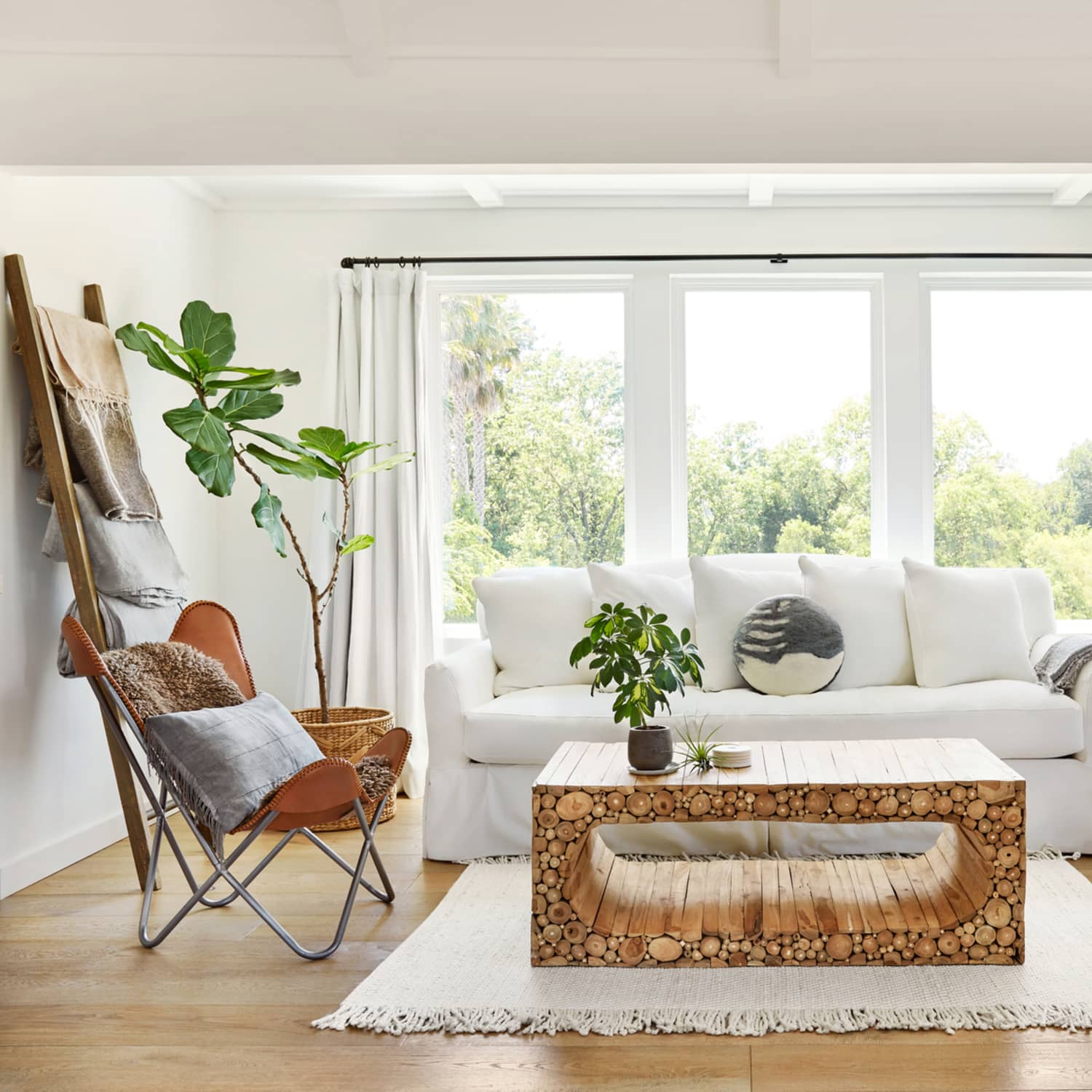
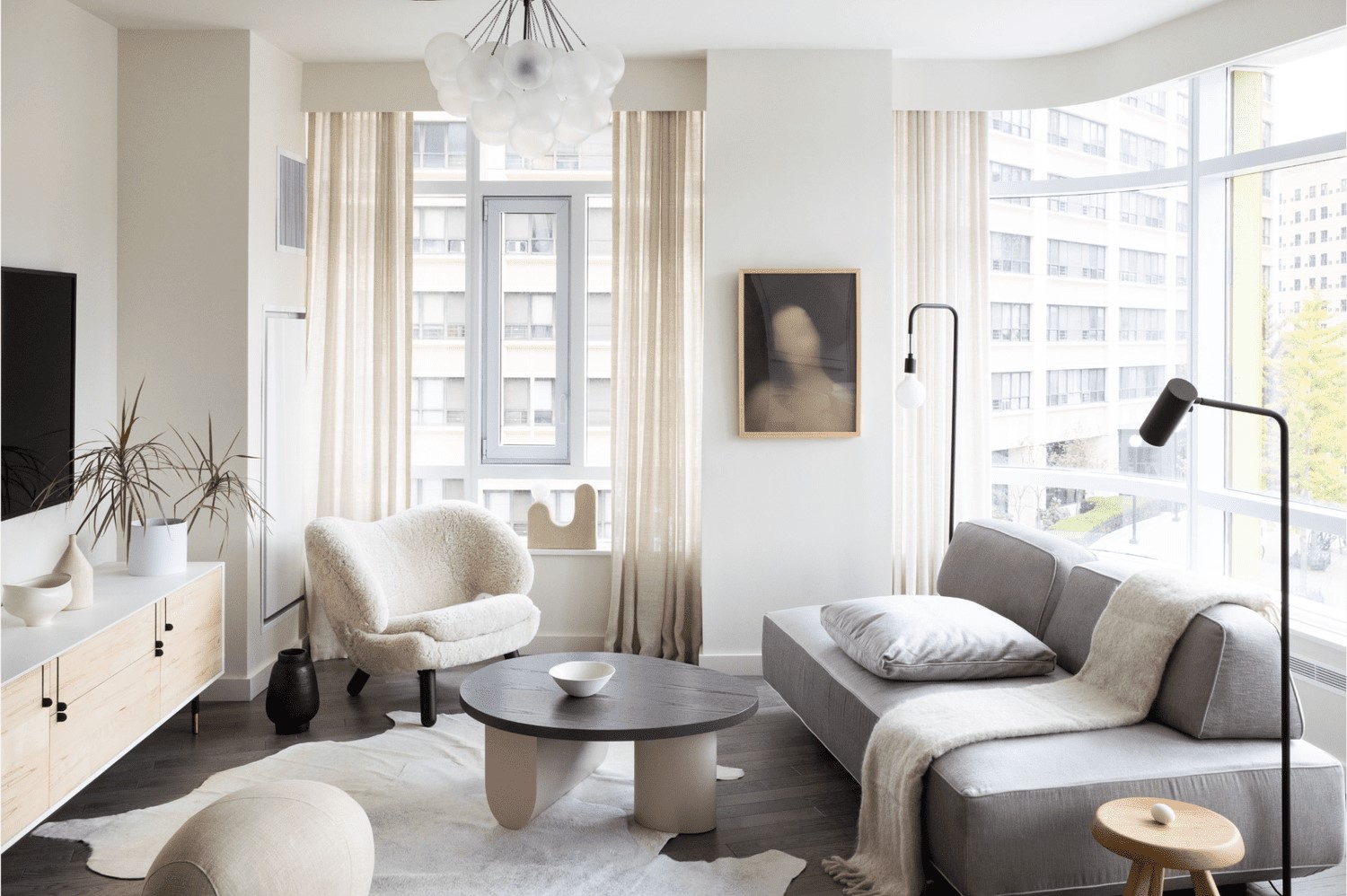
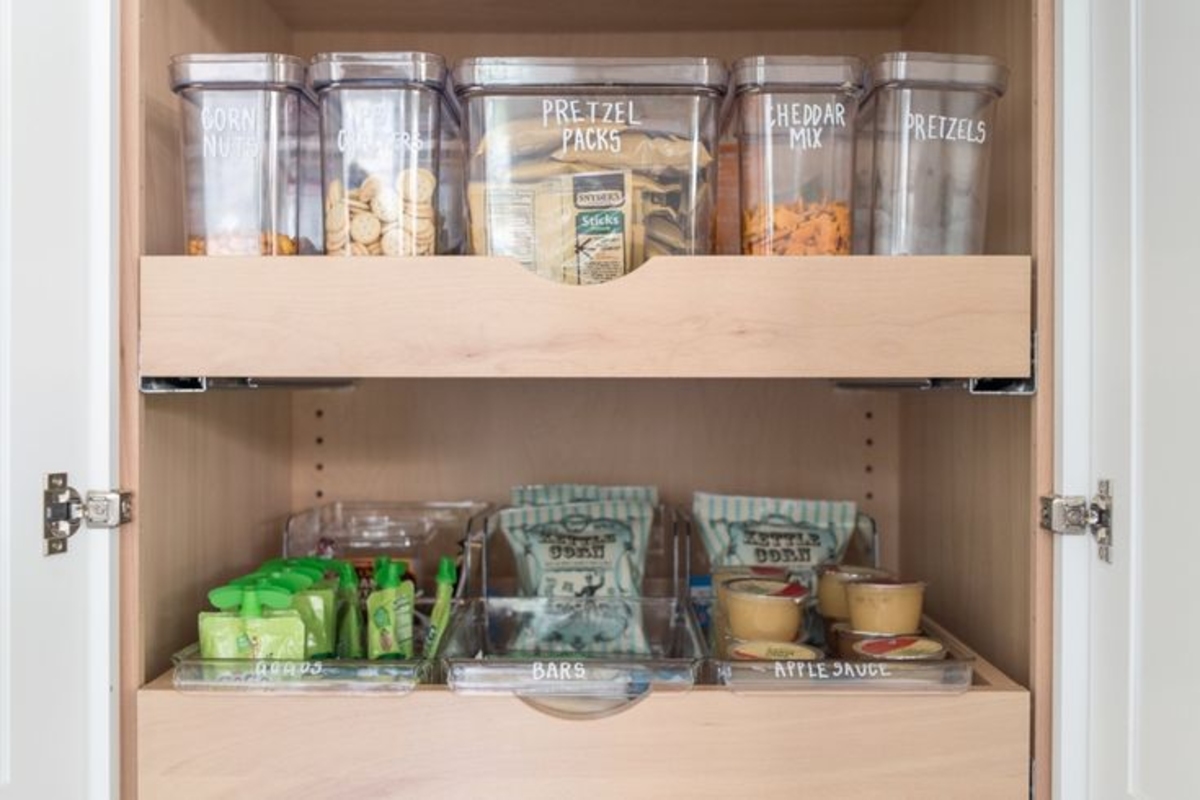
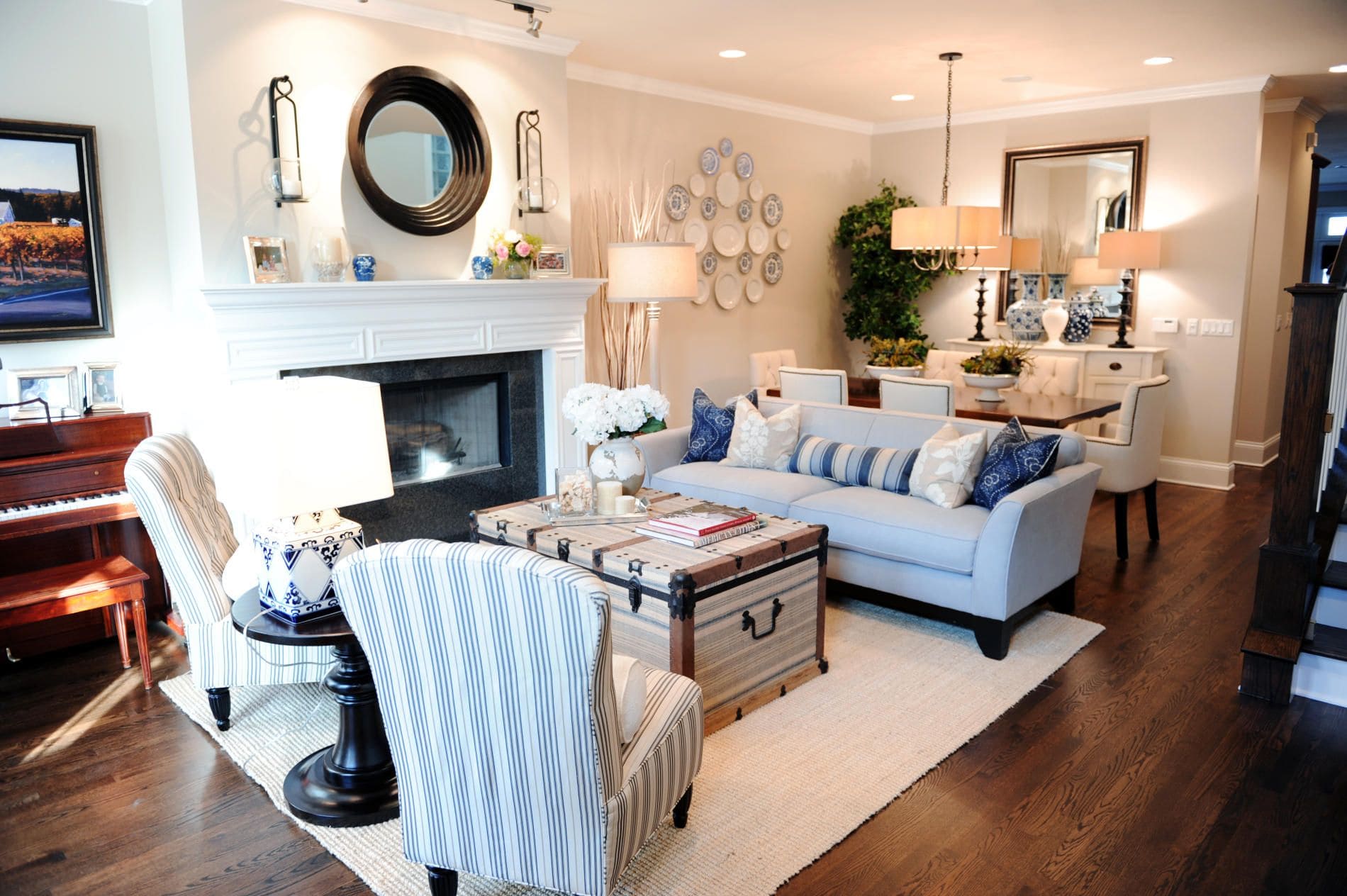
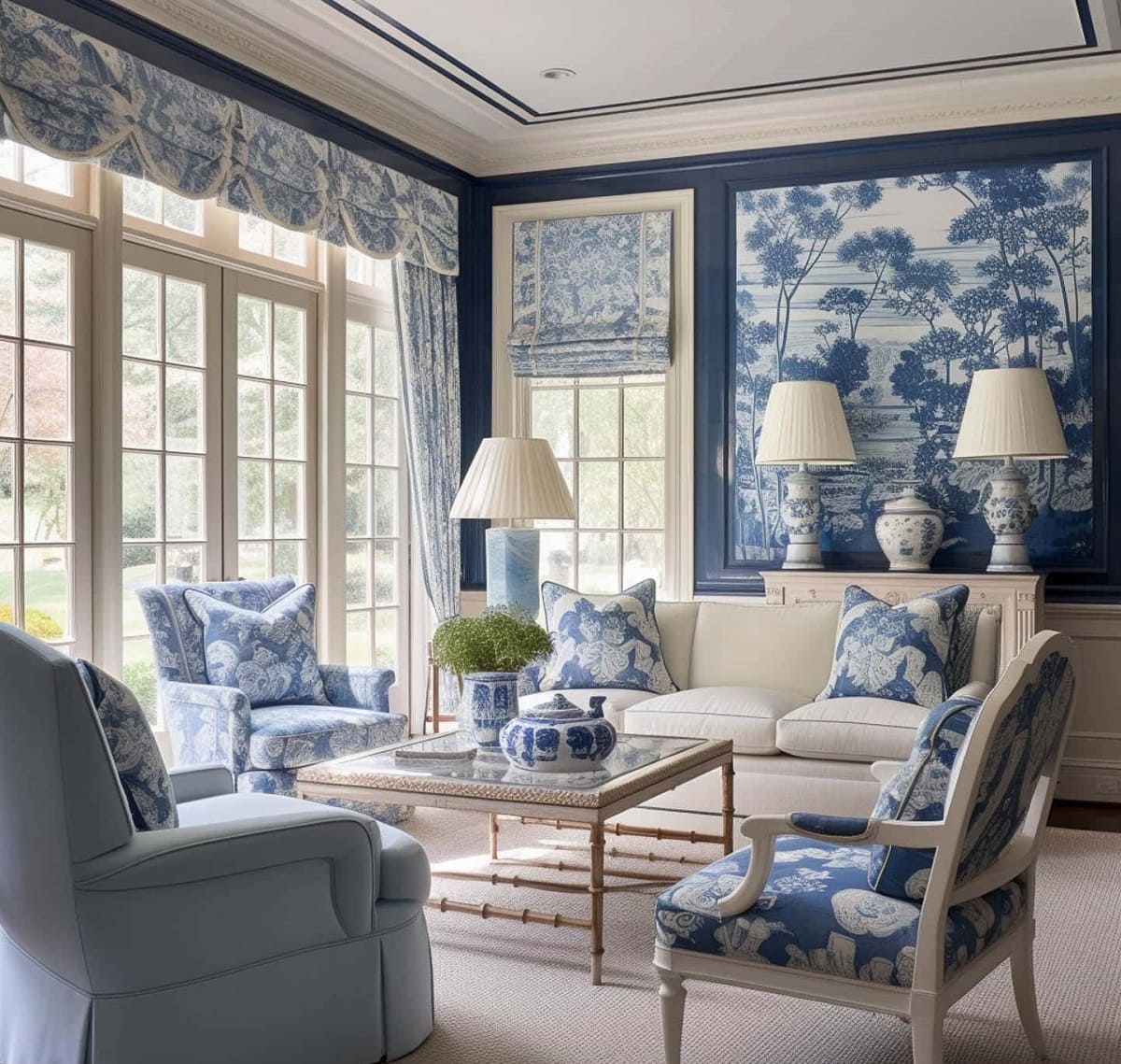
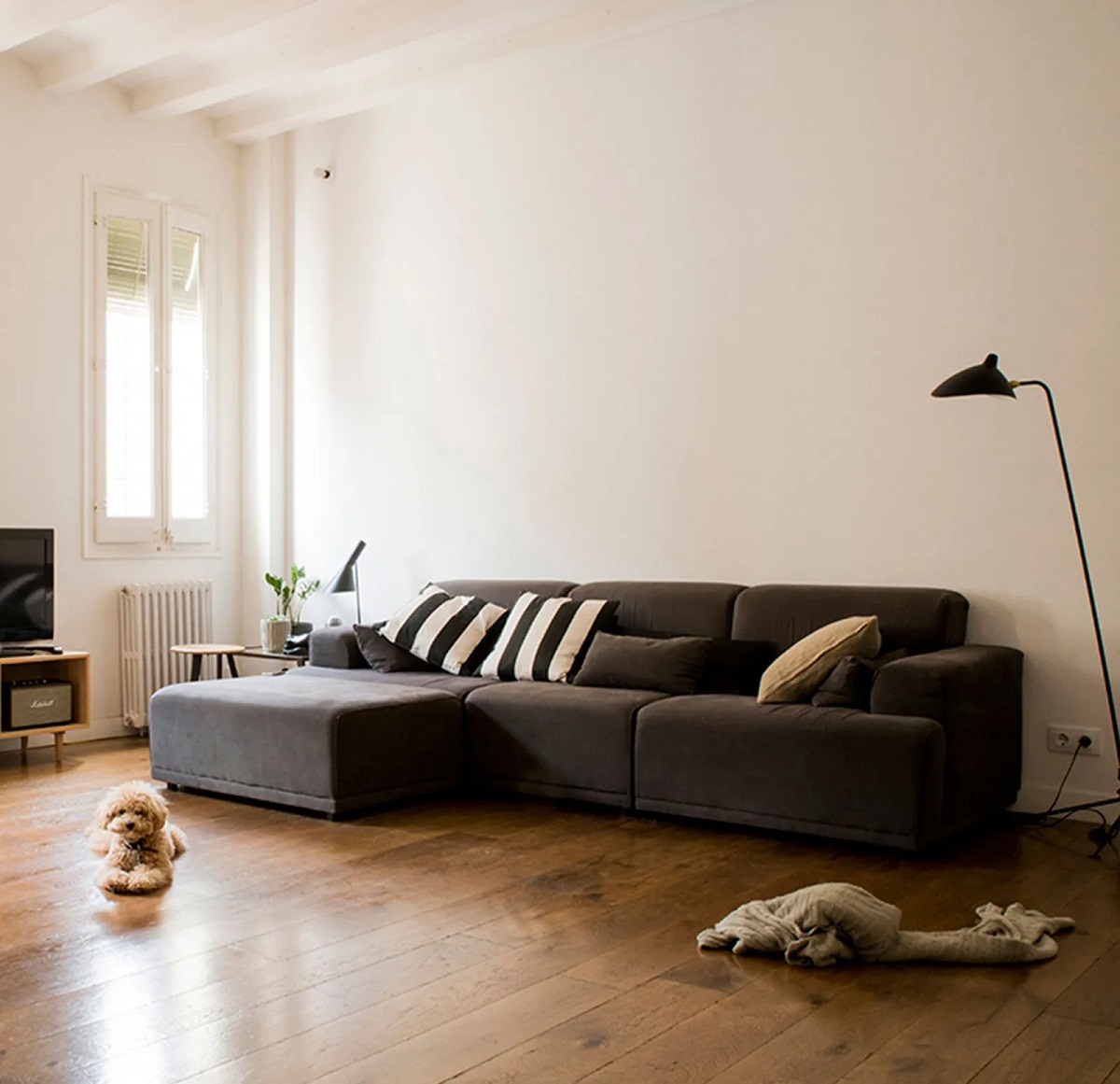
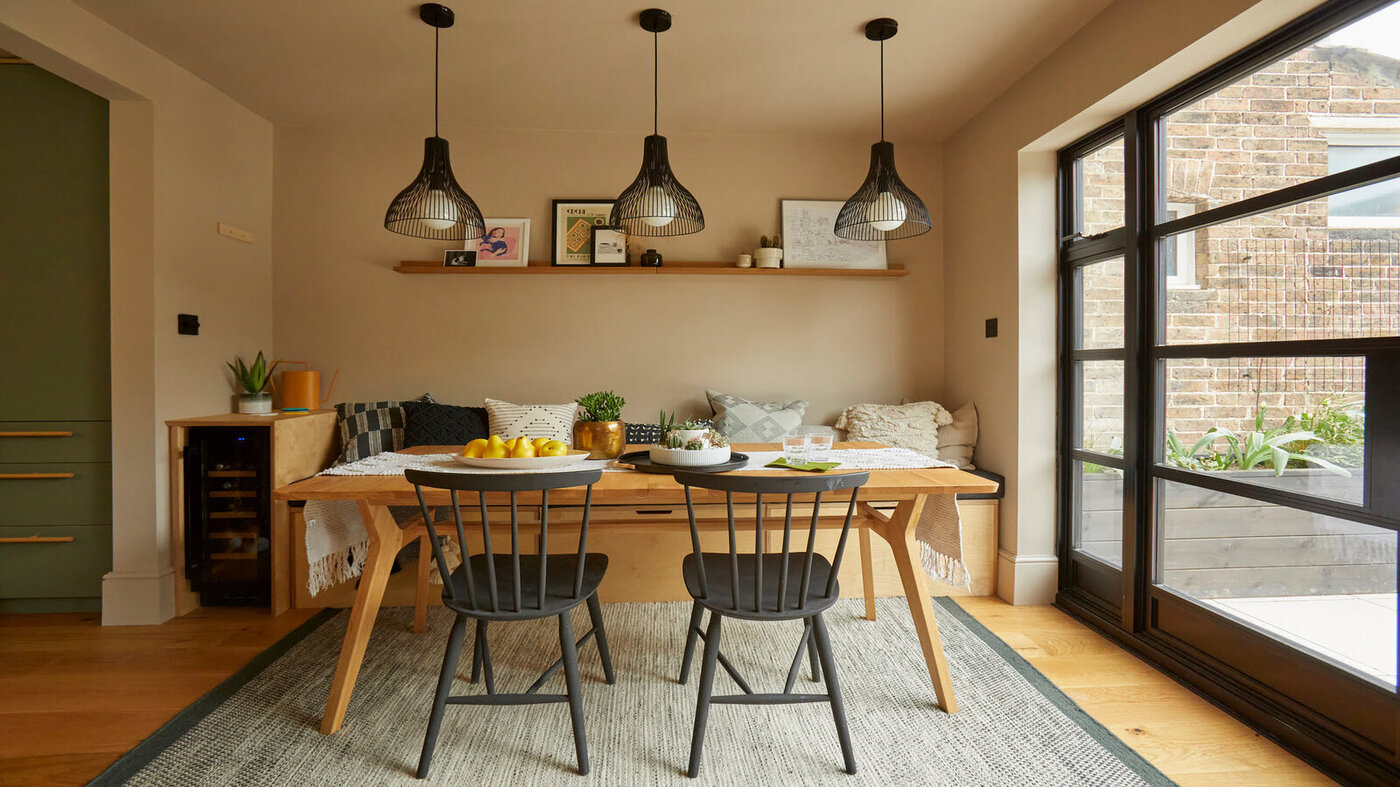
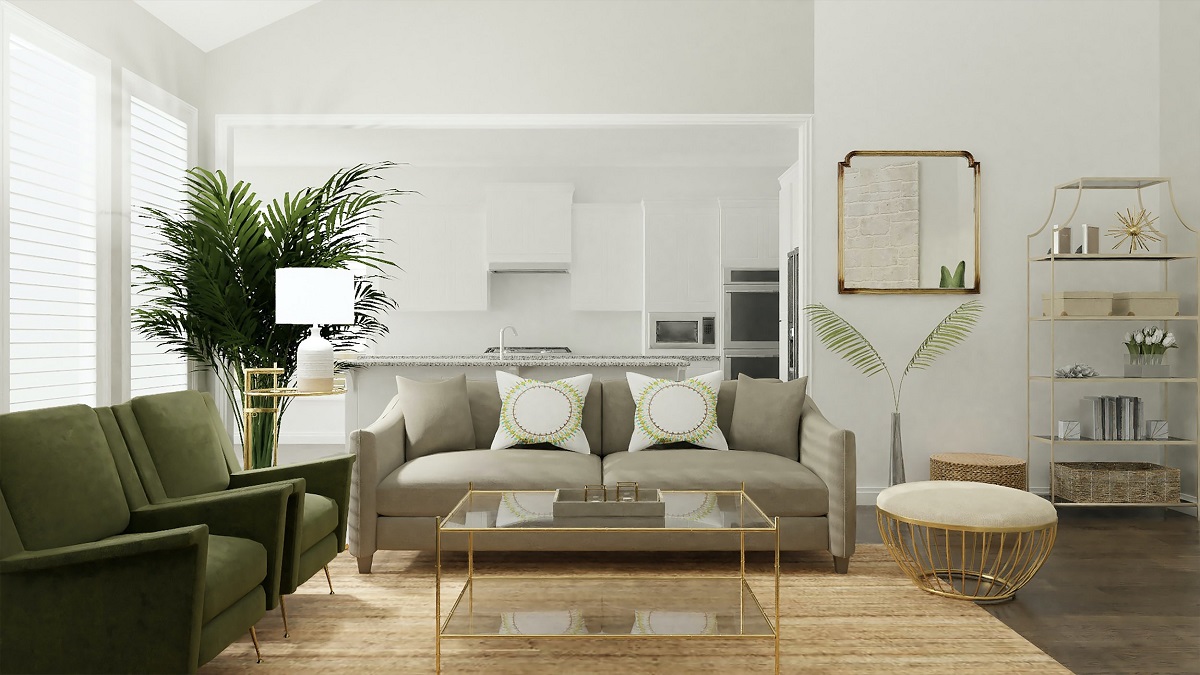
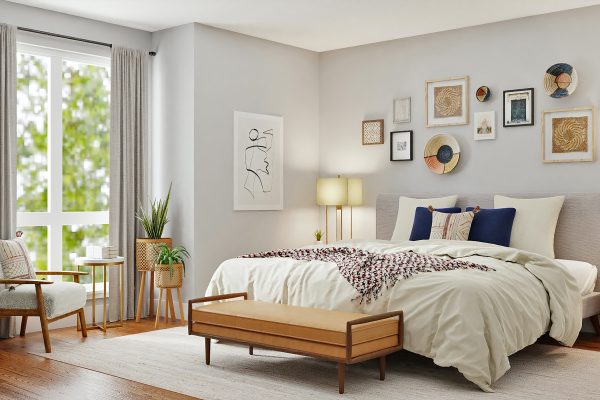
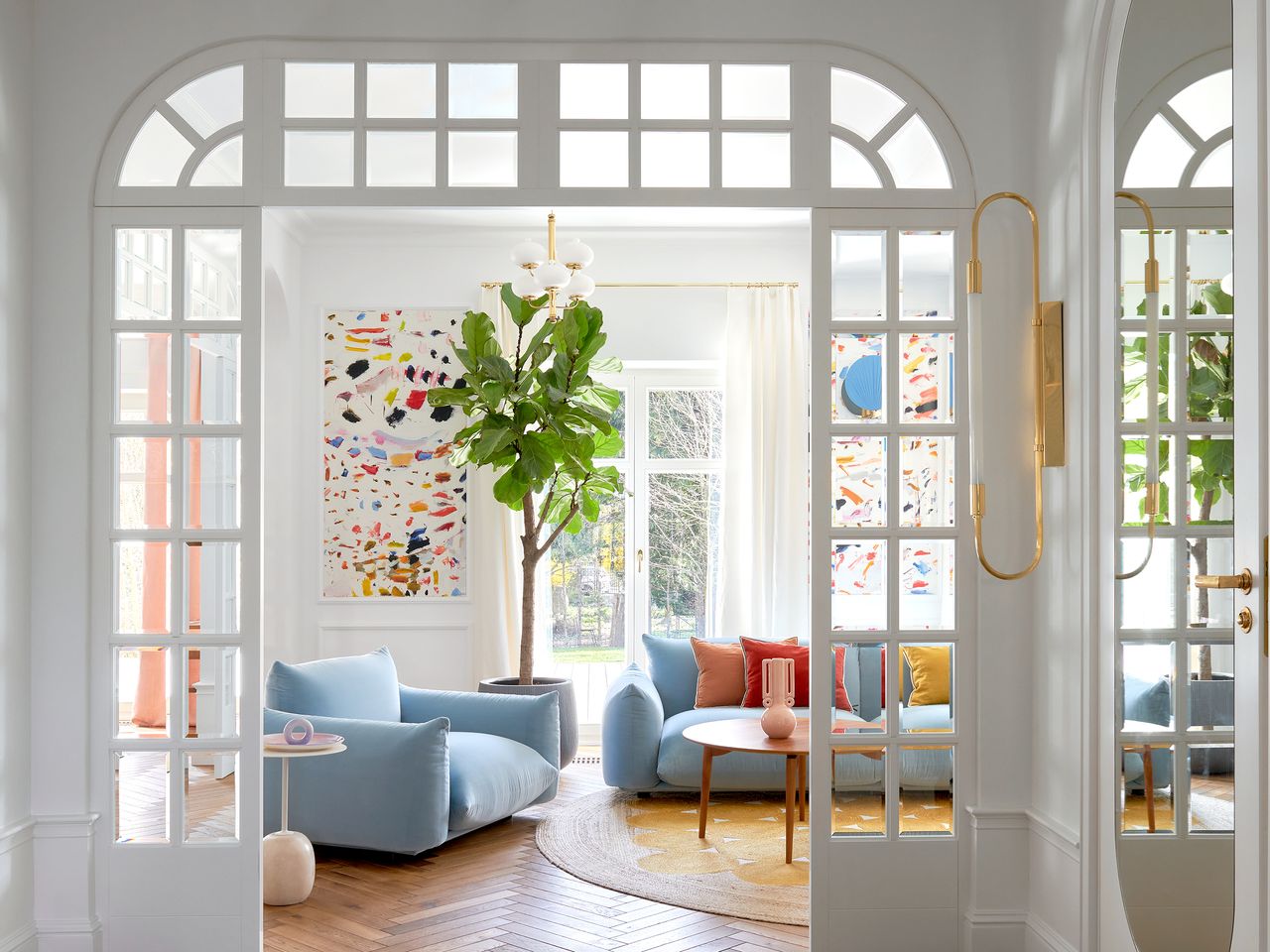
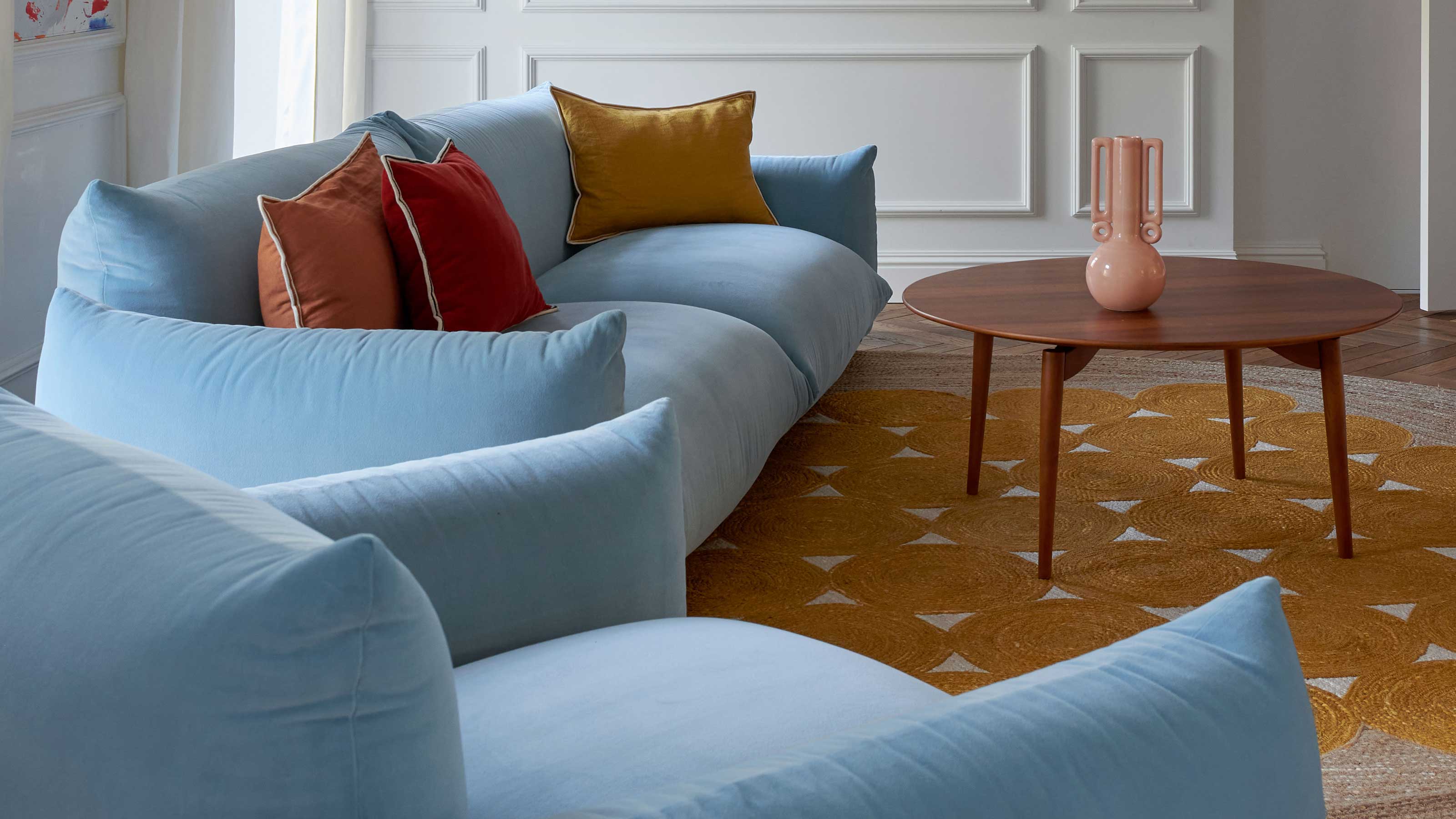
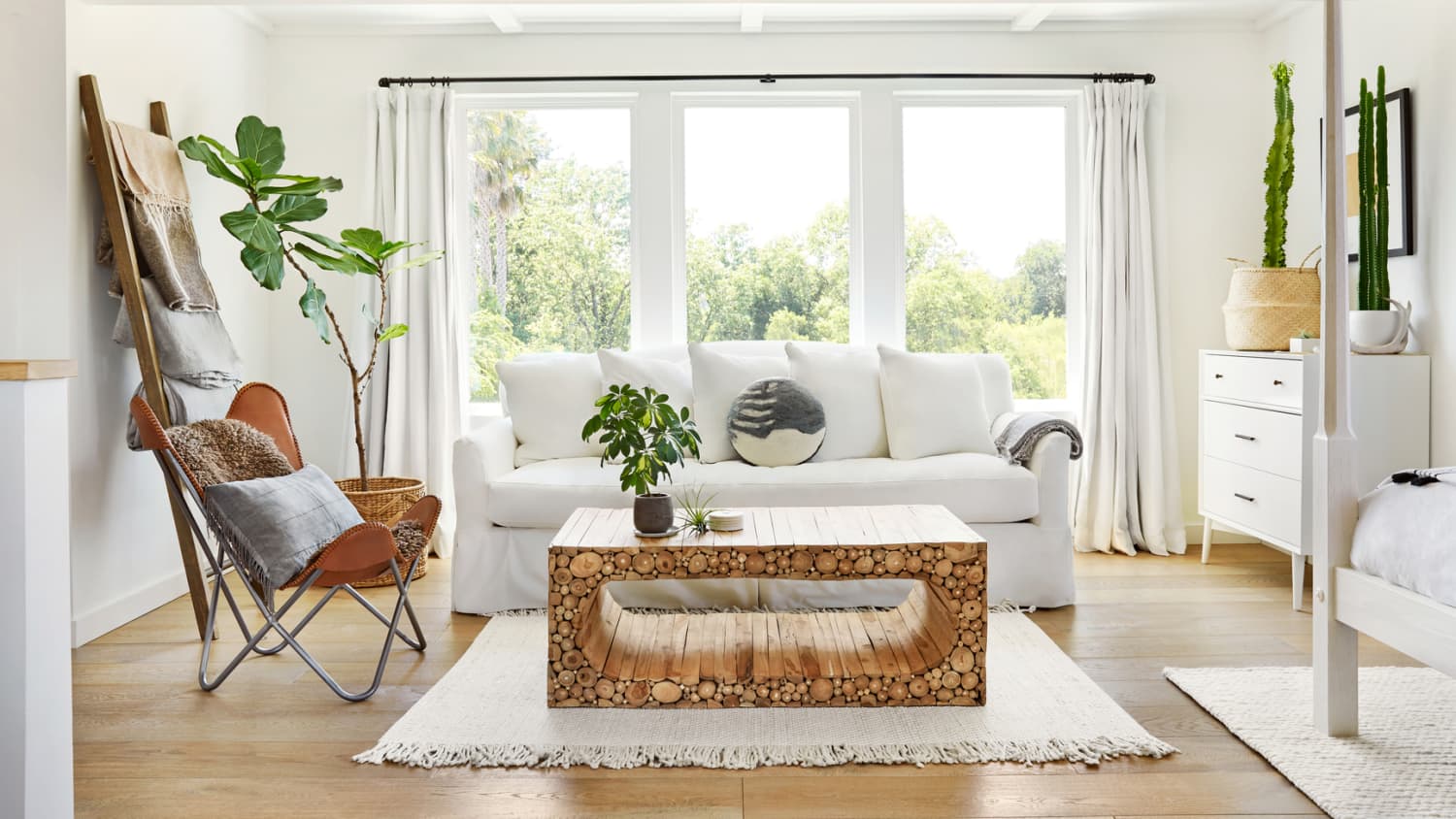

0 thoughts on “10 Small Living Room Organizing Mistakes To Avoid”